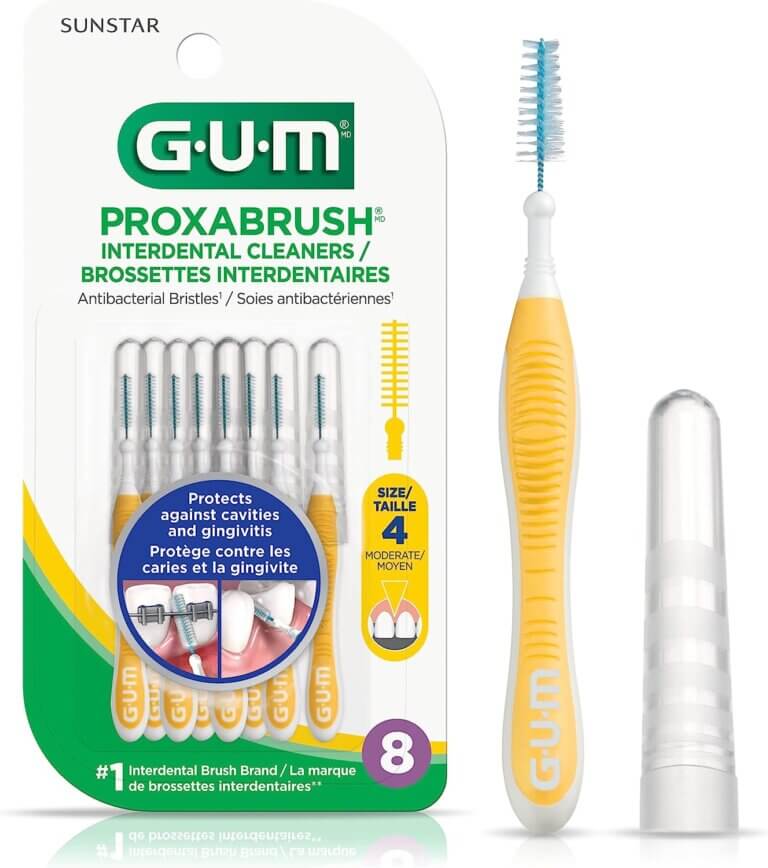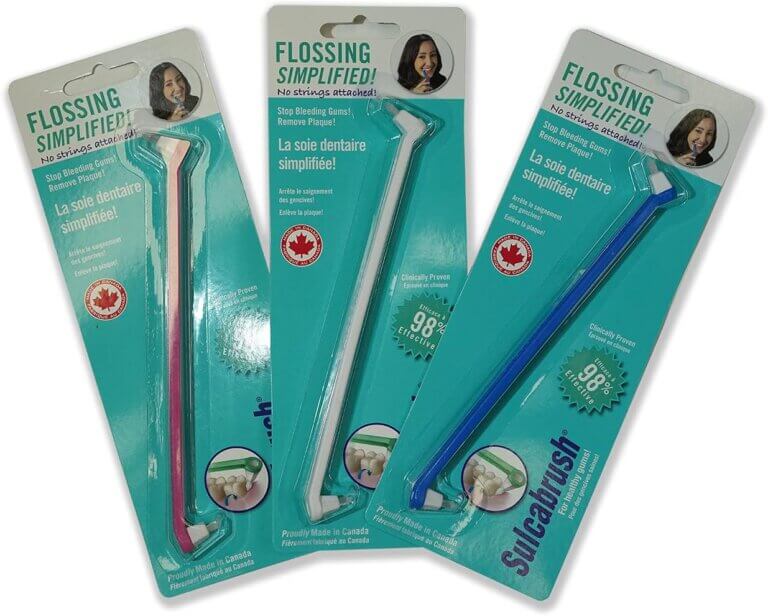How to Choose the Best Interdental Brush for Your Dental Needs
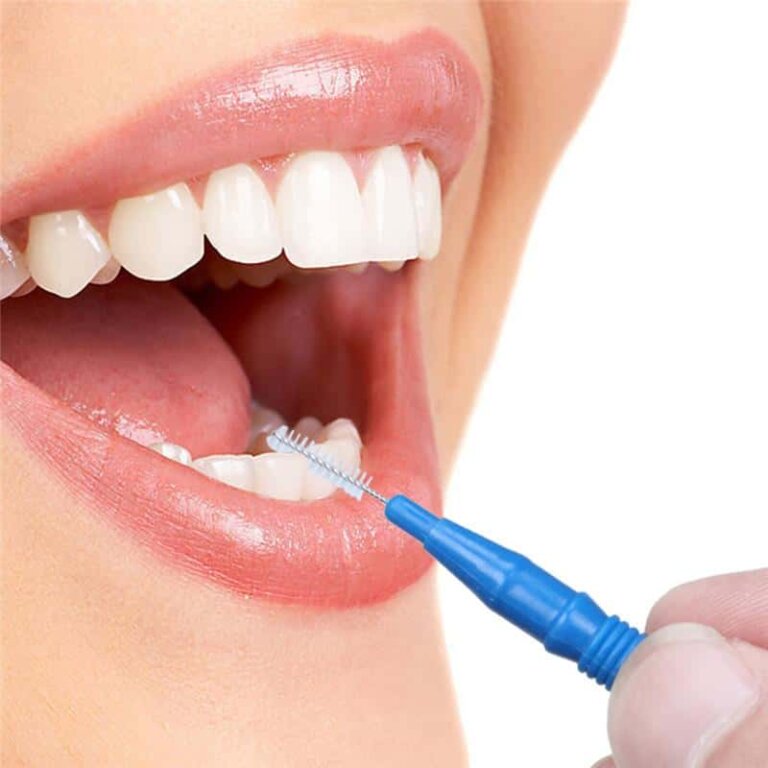
What Is An Interdental Brush?
An interdental brush, also known as an interproximal brush, is a small, specially designed tool for cleaning between teeth and around dental appliances like braces, bridges, and implants. Unlike a regular toothbrush, these brushes reach tight spaces to remove plaque and debris, helping to prevent gum disease and cavities.
Interdental brushes come in different sizes and shapes to suit varying dental needs. Most feature soft bristles that gently clean between teeth without irritating gums. Here’s everything you need to know to choose the right interdental brush for you.
- Why Should You Use An Interdental Brush?
- How to Use an Interdental Brush Properly
- How Often Should I Use An Interdental Brush?
- Choosing The Right Type of Interdental Brush
- Our Recommendations for Interdental Brushes
- Alternatives to Interdental Brushes
If you have questions about Interdental Brush or if you need additional dental hygiene tips, please contact us for more information.
Why Should You Use An Interdental Brush?
Adding an interdental brush to your daily routine can significantly improve your oral health. Here’s why:
- Prevents Gum Disease: Regular use helps remove plaque and bacteria from the gumline, reducing the risk of periodontal disease.
- Reduces Cavities: Interdental brushes reach areas your toothbrush can’t, lowering the risk of cavities between teeth.
- Ideal for Braces & Implants: They clean effectively around orthodontic appliances, implants, and bridges, which can trap food particles.
- Convenient and Easy to Use: These brushes are user-friendly and can easily fit into your daily oral care routine.
- Cost-Effective: They’re affordable and widely available, making it easier to maintain healthy teeth and gums.
Incorporating an interdental brush into your routine can help maintain healthier gums, reduce bad breath, and make cleaning around braces and dental work easier.
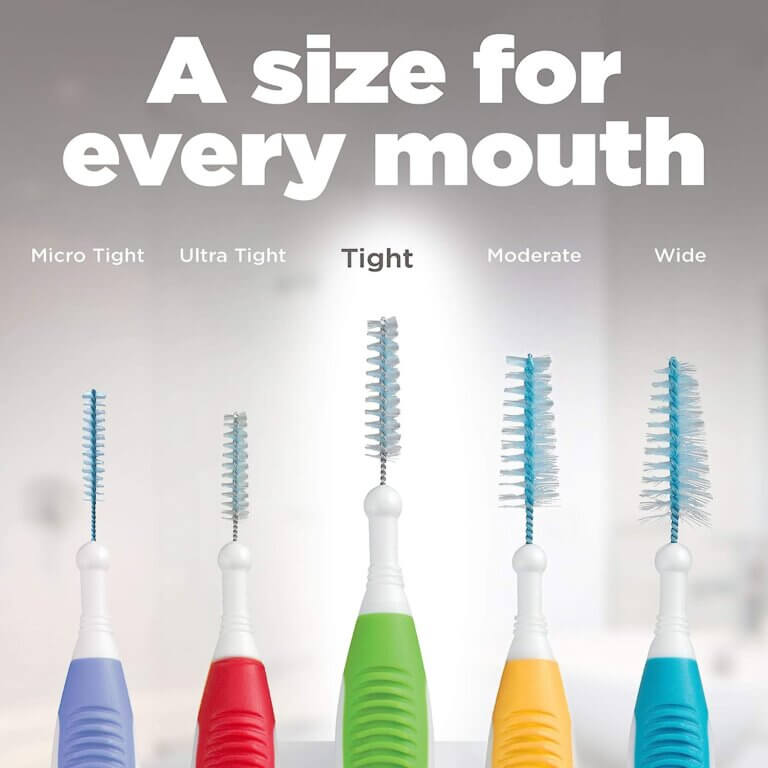
How to Use an Interdental Brush Properly
Using an interdental brush may seem intimidating at first, but with the right technique, it can be a simple and effective way to improve your oral hygiene. Here are some steps to follow when using an interdental brush:
- Choose the Right Size: Interdental brushes come in different sizes, so it’s important to choose the right size for your teeth. If the brush is too small, it won’t effectively clean the spaces between your teeth, and if it’s too large, it may cause discomfort or damage your gums. Your dentist can recommend the right size for your teeth.
- Insert the Brush: Insert the brush gently into the space between your teeth. You may need to wiggle it back and forth to get it into place.
- Clean the Space: Once the brush is in place, move it back and forth to clean the space between your teeth. Be sure to clean both sides of each tooth and move the brush along the gum line as well.
- Rinse: After using the interdental brush, rinse your mouth with water to remove any debris.
- Clean the Brush: Rinse the brush with water and let it air dry.
- Replace the Brush: Interdental brushes should be replaced regularly, typically every two to four weeks, depending on how frequently you use them and the condition of the bristles.
It’s important to use an interdental brush properly to avoid damaging your gums or teeth. Avoid using too much pressure, as this can cause discomfort or even bleeding. If you experience pain or discomfort while using an interdental brush, talk to your dentist. By following these proper techniques, you can ensure that you’re using the brush safely and effectively to maintain healthy teeth and gums.
How Often Should You Use An Interdental Brush?
For most people, using an interdental brush once a day is enough, ideally before brushing. If you have braces, implants, or bridgework, you may need to use it more frequently, particularly after meals. Your dentist can guide you on the frequency that’s best for your oral health.
Remember, interdental brushes are not a substitute for brushing and flossing but an additional tool to maintain optimal oral hygiene.
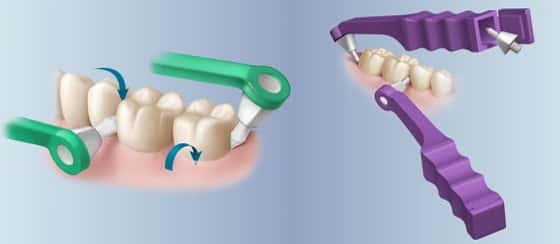
Choosing The Right Type of Interdental Brush
There are a few key factors to consider when selecting an interdental brush:
- Size: Make sure to pick the correct size for your teeth gaps. Brushes that are too small won’t clean effectively, while oversized brushes may hurt your gums.
- Shape: Interdental brushes come in various shapes, such as straight or angled. Choose one that fits comfortably and works with your mouth’s shape.
- Bristles: Brushes with soft nylon bristles are gentle on the gums, while those with metal cores may be better for tackling tougher plaque.
- Handle Design: A comfortable grip can make using the brush easier. Look for a non-slip handle for better control.
- Brand Reputation: Opt for well-known, dentist-recommended brands for reliable results.
Your dentist can also provide personalized advice to help you choose the right interdental brush.
Our Recommendations for Interdental Brushes
The GUM Proxabrush features triangular bristles designed to clean effectively between teeth. It also has a flexible handle for easy maneuvering, making it a great option for everyday use.
The Sulcabrush is perfect for people with tight spaces between teeth. Its slim, angled head is easy to control and reaches difficult areas, ensuring a thorough clean.
Alternatives to Interdental Brushes
If an interdental brush isn’t for you, consider these alternatives:
- String Floss: Traditional dental floss works well for cleaning between teeth and along the gumline.
- Water Flosser: A water flosser uses a stream of water to clean hard-to-reach areas, and it’s ideal for people who find flossing difficult or uncomfortable.
Maintaining a healthy mouth involves daily brushing, flossing, and using interdental cleaning tools. Consult your dentist to determine which tools are best for your needs and to keep your oral hygiene routine on track.

